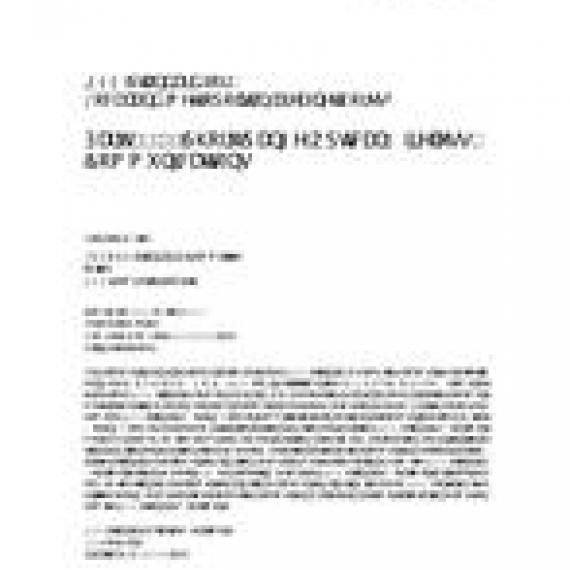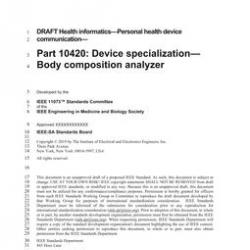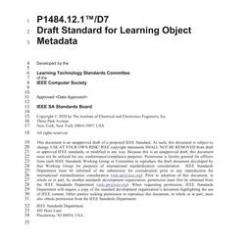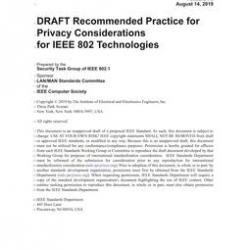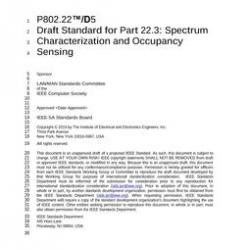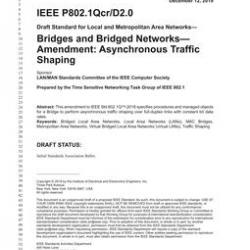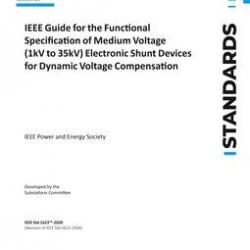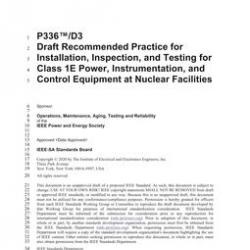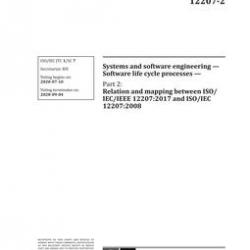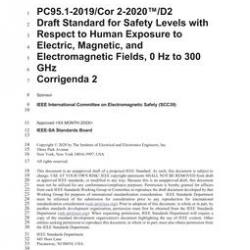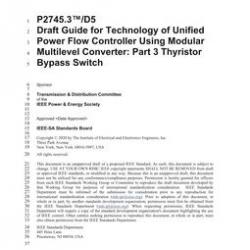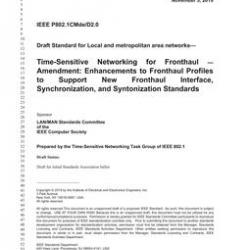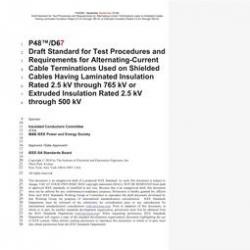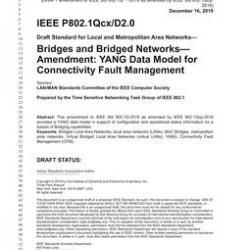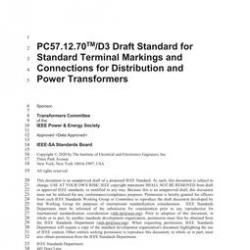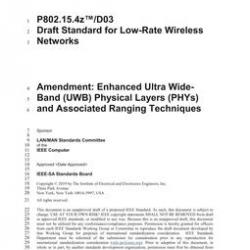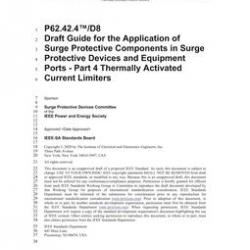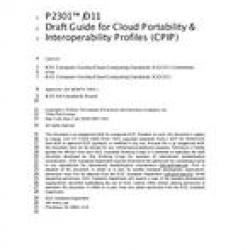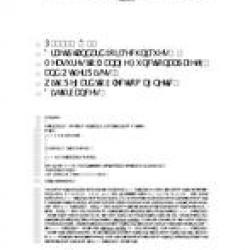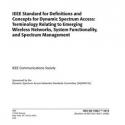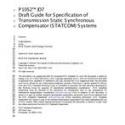Full Description
Scope
This standard defines a physical layer (PHY) and medium access control (MAC) sublayer for short-range optical wireless communications (OWC) in optically transparent media using light wavelengths from 10 000 nm to 190 nm. The standard is capable of delivering data rates sufficient to support audio and video multimedia services and also considers mobility of the optical link, compatibility with various light infrastructures, impairments due to noise and interference from sources like ambient light, and a MAC sublayer that accommodates the unique needs of visible links as well as the other targeted light wavelengths. It also accommodates optical communications for cameras where transmitting devices incorporate light-emitting sources and receivers are digital cameras with a lens and image sensor. The standard adheres to applicable eye safety regulations.
Purpose
This standard provides a global standard for short-range OWC. The standard provides the following: Access to several hundred terahertz of unlicensed spectrum. Immunity to electromagnetic interference and noninterference with radio frequency systems. For visible light systems, additional security by allowing the user to see the communication channel, Communication augmenting and complementing existing services (e.g., illumination, display,indication, decoration).
Abstract
Revision Standard - Active.A physical layer (PHY) and medium access control (MAC) sublayer for short-range optical wireless communications (OWC) in optically transparent media using light wavelengths from 10 000 nm to 190 nm are defined. The standard is capable of delivering data rates sufficient to support audio and video multimedia services and also considers mobility of the optical link, compatibility with various light infrastructures, impairments due to noise and interference from sources like ambient light, and a MAC sublayer that accommodates the unique needs of visible links as well as the other targeted light wavelengths. It also accommodates optical communications for cameras where transmitting devices incorporate light-emitting sources and receivers are digital cameras with a lens and image sensor. The standard adheres to applicable eye safety regulations. (The PDF of this standard is available at no cost compliments of the IEEE GET program at https://ieeexplore.ieee.org/browse/standards/get-program/page/series?id=68.)

